The Camera Obscura: A Prelude to Film and Cinema
The camera obscura is a device that uses the principle of light refraction to project an inverted image of the outside world onto a surface inside the camera. It consists of a box or room with a small hole, known as a pinhole, on one side. Light from the outside world enters the camera through the pinhole and is projected onto a surface inside the camera, creating an inverted image of the outside world.
The pinhole works as a lens, refracting the light and projecting the image onto the surface inside the camera. The smaller the pinhole, the sharper the image, but the darker the image will be. The size of the pinhole can be adjusted to control the amount of light entering the camera and the sharpness of the image.
The principle of the camera obscura can also be observed when light passes through a small hole, such as a keyhole, and projects an inverted image of the outside world onto a surface inside a room. This is why the camera obscura is sometimes referred to as a pinhole camera.
The camera obscura can be used to view live images of the outside world, or to project an image onto a surface to be traced or painted. In the 19th century, the camera obscura was used as a tool for photography, and its principles have been used in the development of modern cameras and film.
The camera obscura was initially used as a drawing aid for artists, who would use the projected image as a guide for their sketches and paintings. It was not until the 19th century that the camera obscura began to be used as a tool for photography. The first known photograph was taken by Joseph Nicéphore Niépce in 1826, using a camera obscura with a pewter plate coated with bitumen. This photograph, known as "View from the Window at Le Gras," is considered to be the world's first photograph.
The camera obscura played a crucial role in the development of photography and film. The invention of the daguerreotype in 1839 by Louis Daguerre marked the beginning of commercial photography, and the invention of the motion picture camera by Thomas Edison in 1891 marked the beginning of motion pictures. Both of these inventions were based on the principles of the camera obscura.
The camera obscura also played a significant role in the development of the modern camera. The first cameras were large and bulky, and they required a long exposure time to capture an image. However, the invention of the lens and the shutter in the mid-19th century allowed for the development of smaller, more portable cameras that could take photos with shorter exposure times.
The pinhole works as a lens, refracting the light and projecting the image onto the surface inside the camera. The smaller the pinhole, the sharper the image, but the darker the image will be. The size of the pinhole can be adjusted to control the amount of light entering the camera and the sharpness of the image.
The principle of the camera obscura can also be observed when light passes through a small hole, such as a keyhole, and projects an inverted image of the outside world onto a surface inside a room. This is why the camera obscura is sometimes referred to as a pinhole camera.
The camera obscura can be used to view live images of the outside world, or to project an image onto a surface to be traced or painted. In the 19th century, the camera obscura was used as a tool for photography, and its principles have been used in the development of modern cameras and film.
In summary, the camera obscura is a device that uses the principle of light refraction to project an inverted image of the outside world onto a surface inside the camera. It consists of a box or room with a small hole, known as a pinhole, on one side. The pinhole refracts light and projects the image onto the surface inside the camera. The camera obscura has played a crucial role in the development of photography and film.The principle of the camera obscura can be traced back to ancient Greece, where philosophers such as Aristotle and Euclid used a pinhole to project an image of the sun onto a surface. However, the camera obscura as we know it today was not developed until the 16th century.
The camera obscura was initially used as a drawing aid for artists, who would use the projected image as a guide for their sketches and paintings. It was not until the 19th century that the camera obscura began to be used as a tool for photography. The first known photograph was taken by Joseph Nicéphore Niépce in 1826, using a camera obscura with a pewter plate coated with bitumen. This photograph, known as "View from the Window at Le Gras," is considered to be the world's first photograph.
The camera obscura played a crucial role in the development of photography and film. The invention of the daguerreotype in 1839 by Louis Daguerre marked the beginning of commercial photography, and the invention of the motion picture camera by Thomas Edison in 1891 marked the beginning of motion pictures. Both of these inventions were based on the principles of the camera obscura.
The camera obscura also played a significant role in the development of the modern camera. The first cameras were large and bulky, and they required a long exposure time to capture an image. However, the invention of the lens and the shutter in the mid-19th century allowed for the development of smaller, more portable cameras that could take photos with shorter exposure times.
Today, the camera obscura is not as widely used as it once was. However, it is still used by artists and photographers who appreciate the unique perspective that it offers. It is also used in scientific research, such as in the study of optics and in the measurement of astronomical phenomena.
In conclusion, the camera obscura has played a crucial role in the development of photography and film. From its early use as a drawing aid for artists to its role in the invention of the motion picture camera, the camera obscura has had a significant impact on the way we capture and view images today. Despite its decrease in popularity, the camera obscura remains an important tool in the fields of art and science.
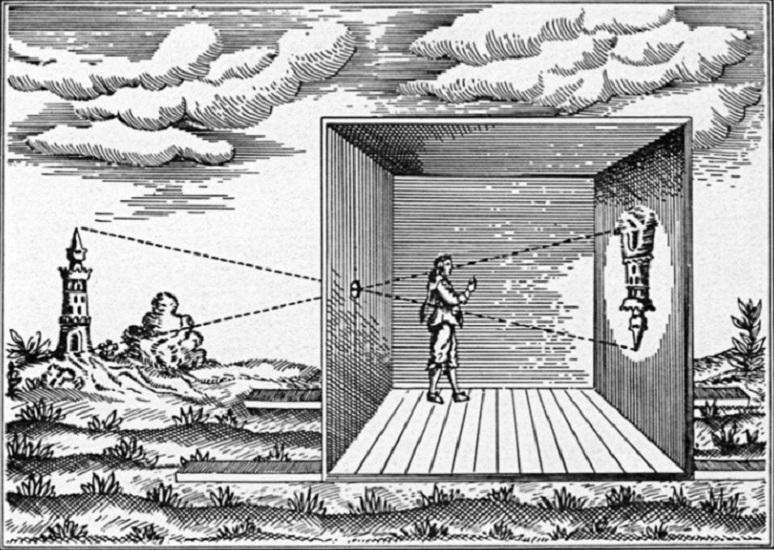


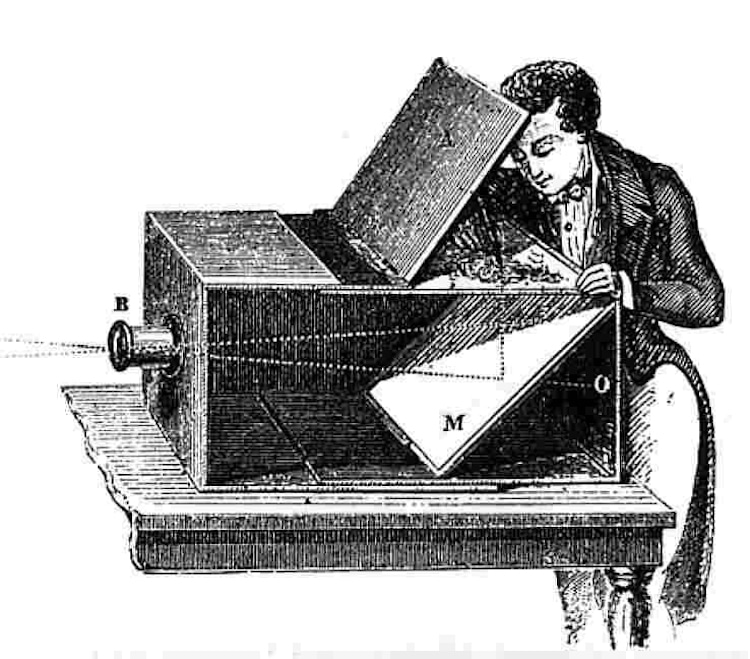
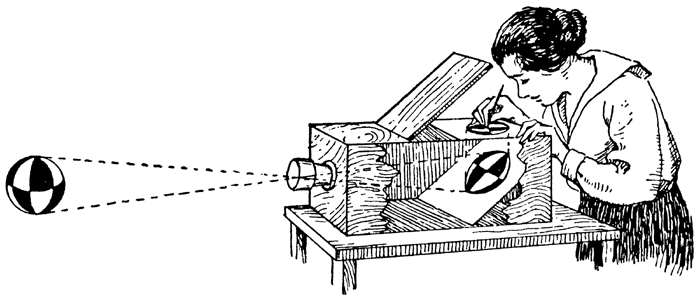
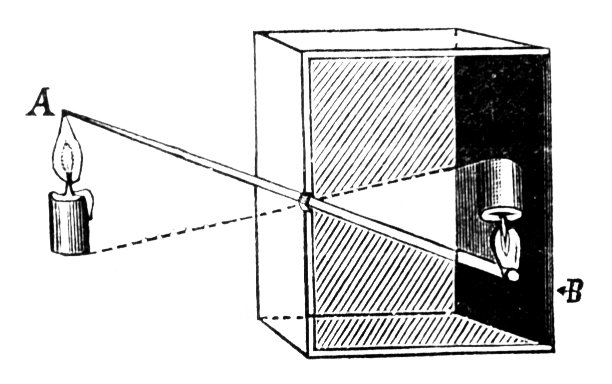

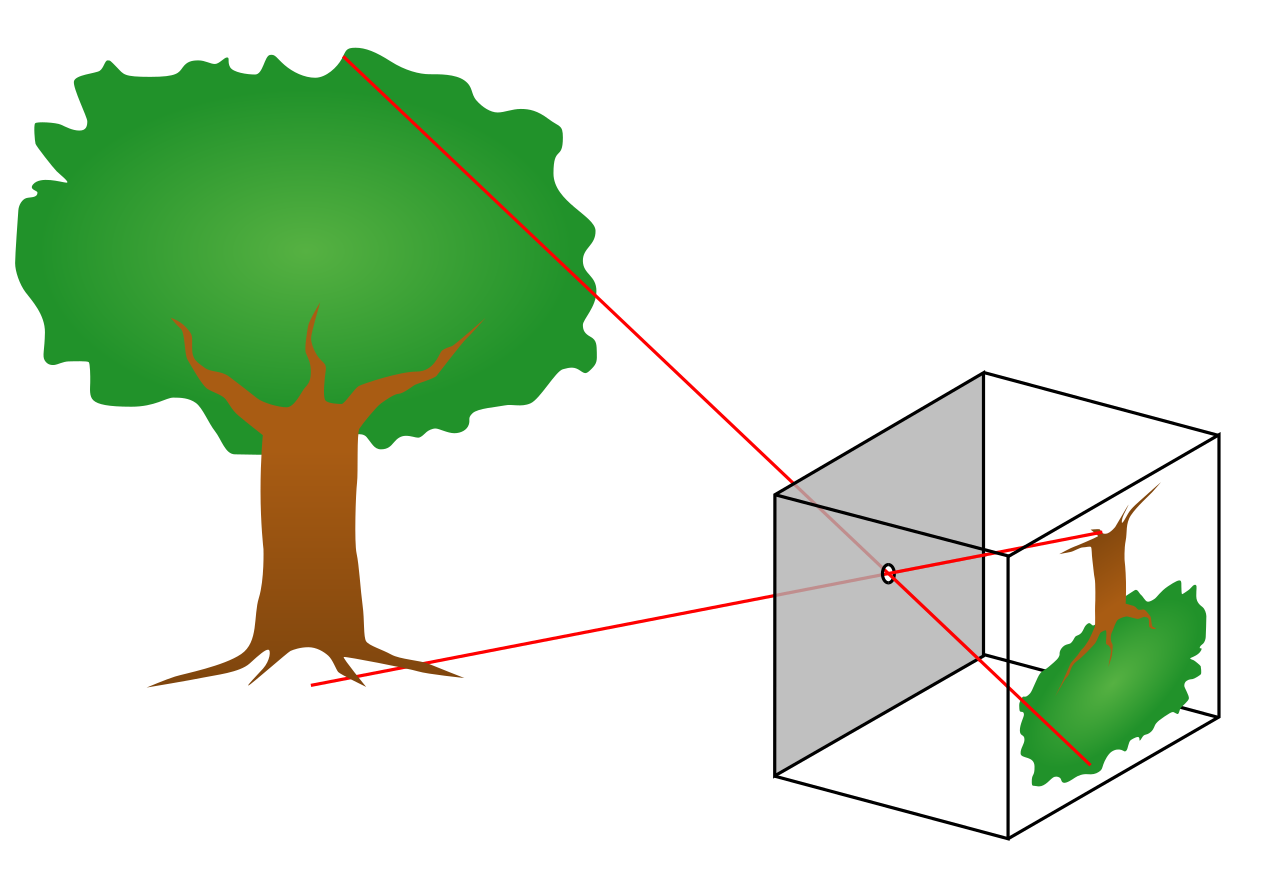
Comments
Post a Comment